Every growing year is different, and it’s easy for someone who likes gardening to feel like they’re always a step behind.

For the last several years the perennials and shrubs and anything new I planted in my yard tried their best to survive drought conditions. I even shifted my growing strategy a bit this year and planted more things that love that love hot, dry weather.
So of course this summer we’d get a record amount of rain and mostly mild temperatures. Mother nature likes to keep gardeners guessing.
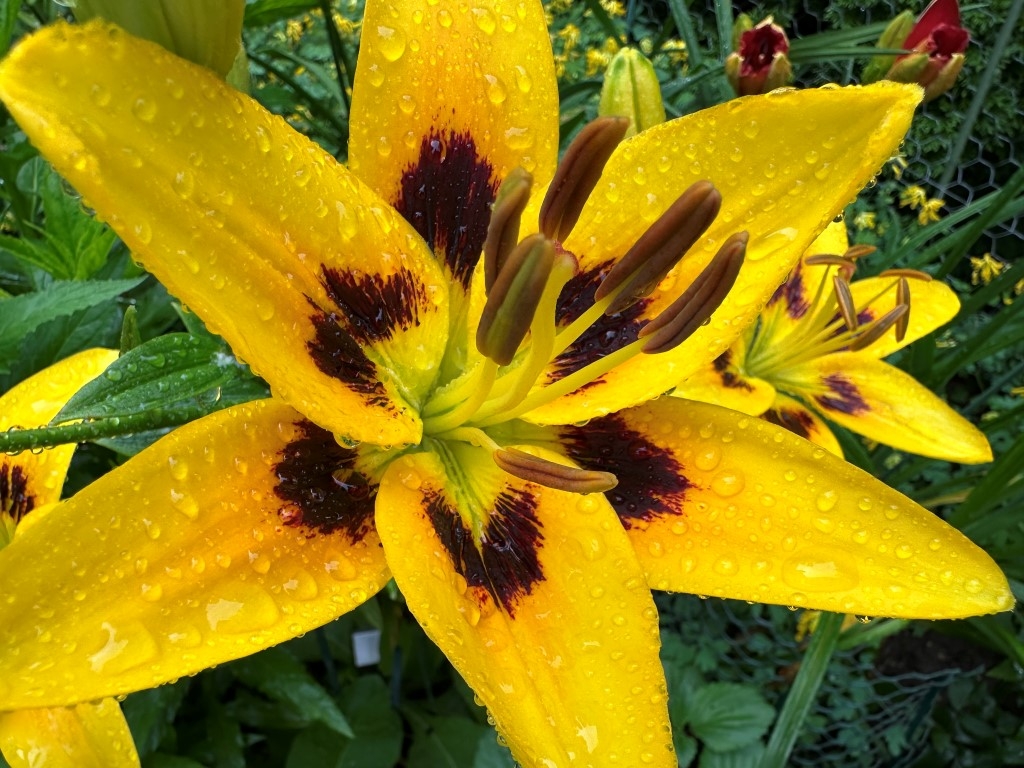
In addition to all that rain, we had a very warm winter in southern Wisconsin which means that things that like to eat plants—earwigs and slugs and beetles—have been in abundant supply.
Even with all the wet weather (and bugs and diseases), some flowers still had a great season.
My Orienpet lilies were under attack from the newly-arrived lily leaf beetles, but they were still the stars of the flowerbeds:

A sturdier relative of the Oriental lily, these plants just get better and taller every year. The lily leaf beetle is a new challenge, but if you don’t yet have the beetles in your area, give Orienpet lilies a try. You can order them online or purchase bulbs at a garden center. If you plant them in the fall you’ll have an impressive show already the following summer.
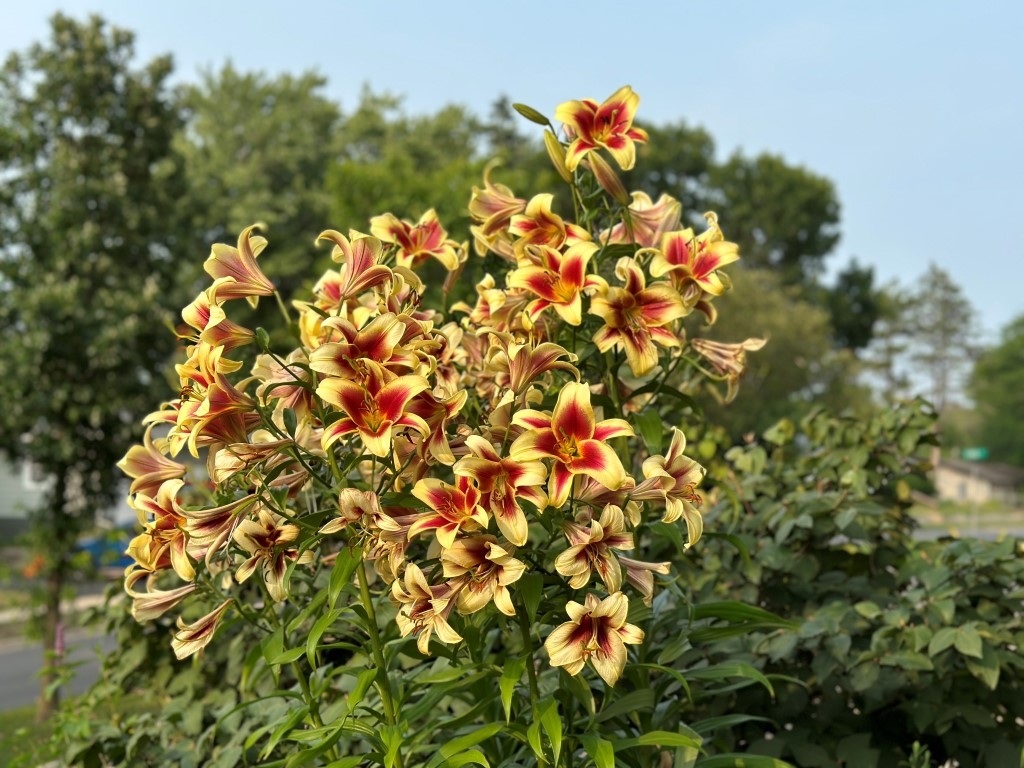
Zinnias attract pollinators, and thankfully they can handle drought or excessive rain and still bloom like crazy. I love their bold, bright colors.


You can sow zinnia seeds directly in the ground once the weather warms up in spring, or you can start seeds indoors and grow seedlings under some fluorescent lights for about 4-5 weeks before it’s safe to plant them outside. I’m also seeing more and more zinnias for sale at garden centers in the spring.
The other annual flower species that has had no problems with the wet weather is dianthus. I grow both the Jolt and the Amazon series. They start blooming just a few weeks later than all the other annuals. I’ve never had a single disease or insect problem with these plants, and bees and butterflies love them.
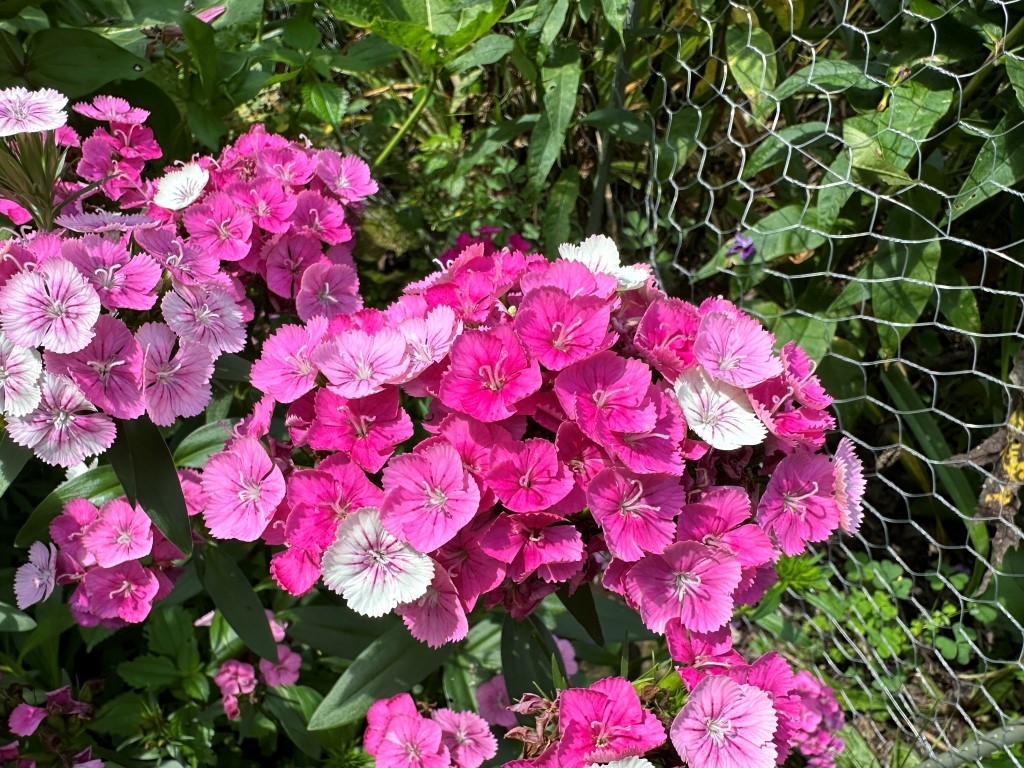
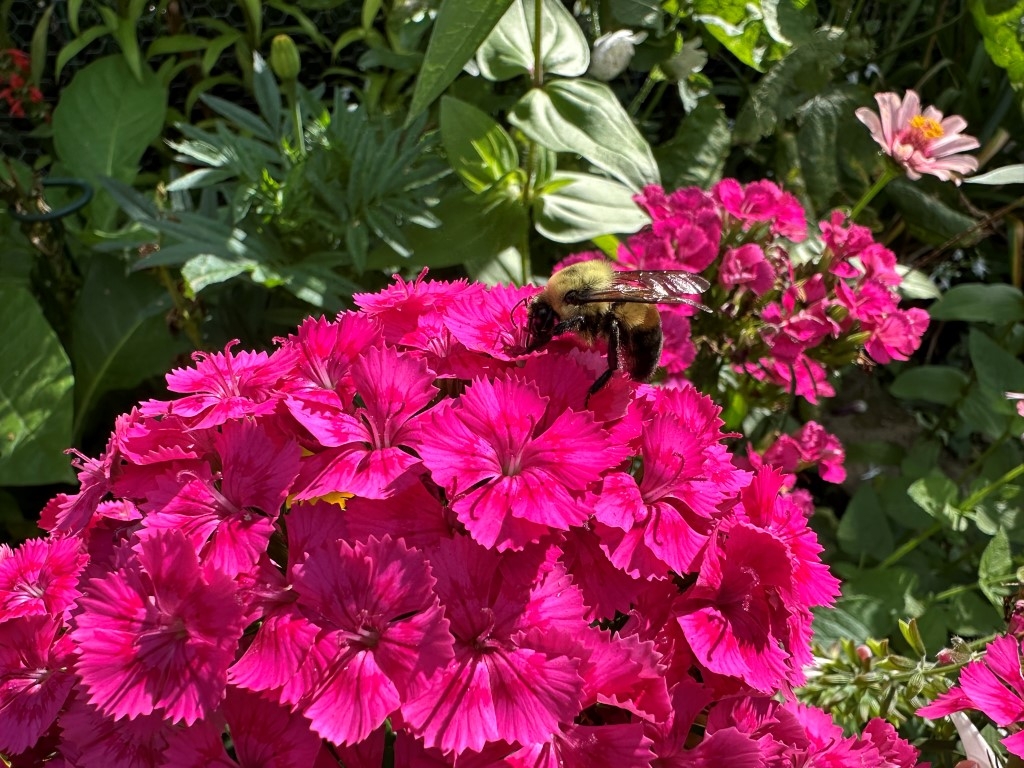
It was also a fantastic year for daylilies. These perennials are tough and can handle whatever weather is thrown at them. There are now more than 100,000 daylily cultivars, so you can easily find a color and size of plant/flower you’d like to grow. This is ‘Bang Bang’.
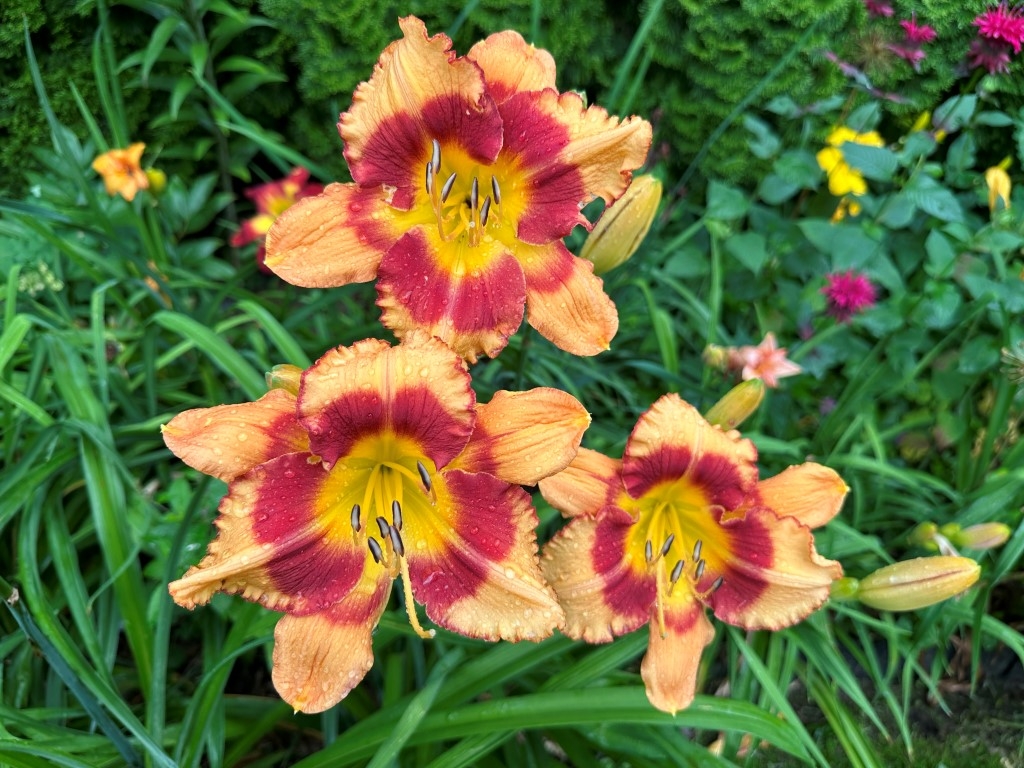
What flowers did not like the excessive rain? The annual vincas that I grew from seed rotted before I ever saw blooms. I also purchased a few vincas from a garden center. At planting time they were much bigger and bushier than my homegrown ones, yet only 3 of those survived either. Last year during the drought they were superstar bloomers.
Annual phlox hated the wet weather. Most of my homegrown plants rotted like the vincas. Last year in the drought they put on an impressive display in several flowerbeds:
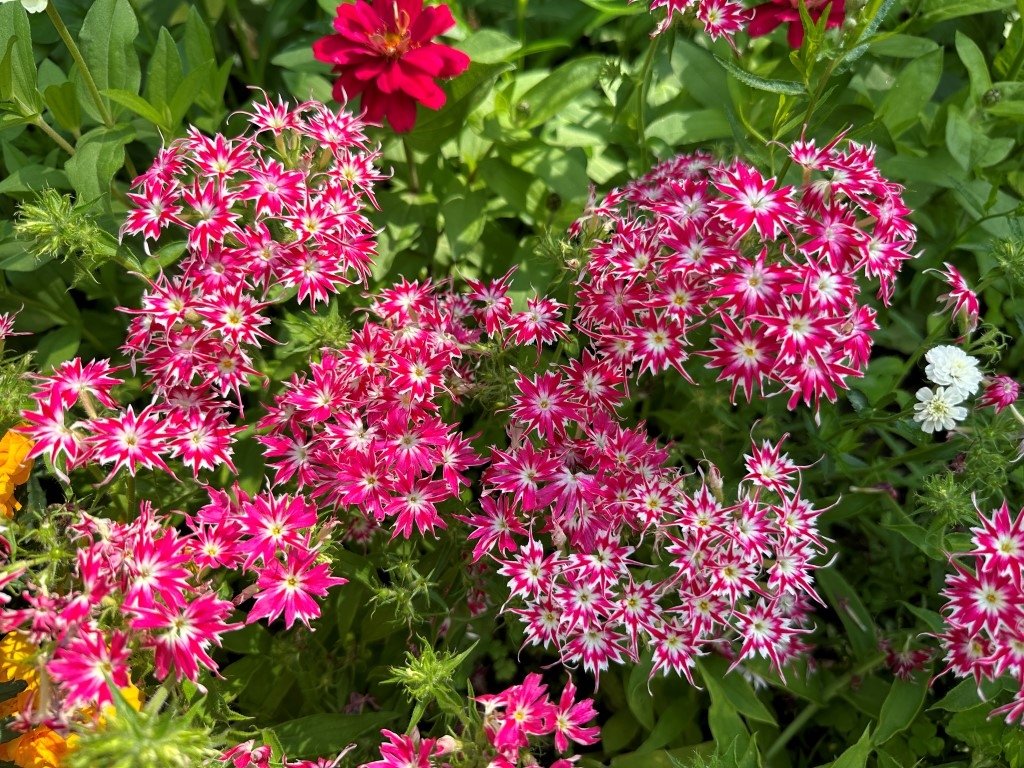
And my hollyhocks really suffered this year. They succumbed to excessive-water-related diseases. I have several plants that are hanging in there, but others have just completely shriveled up.
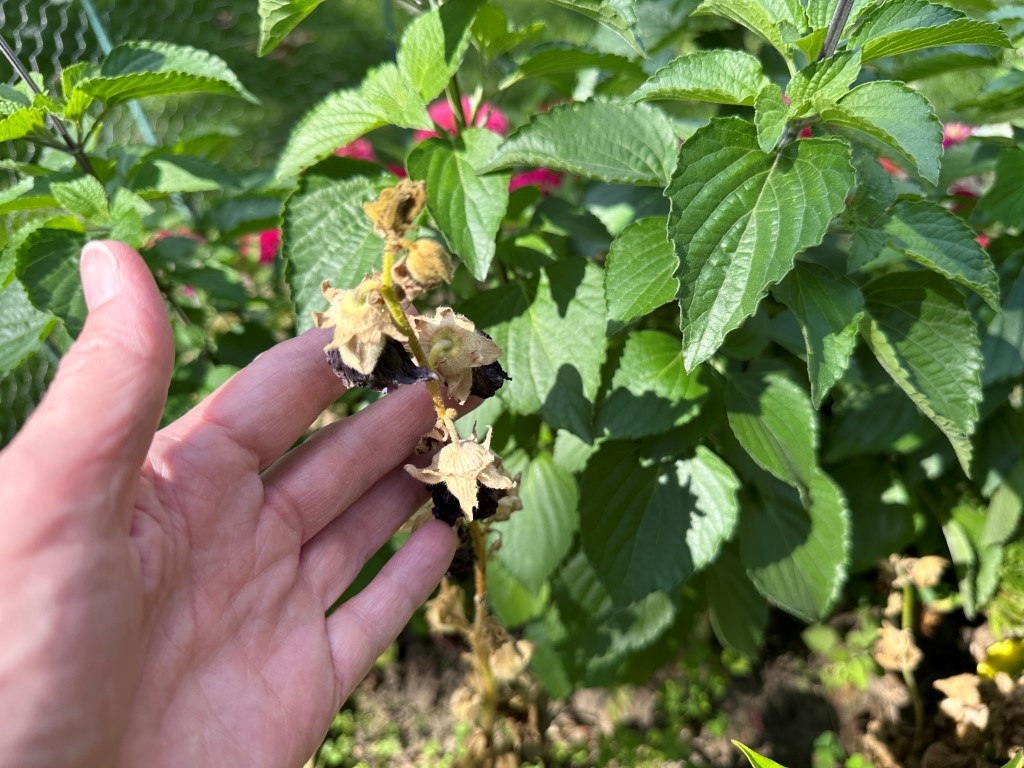
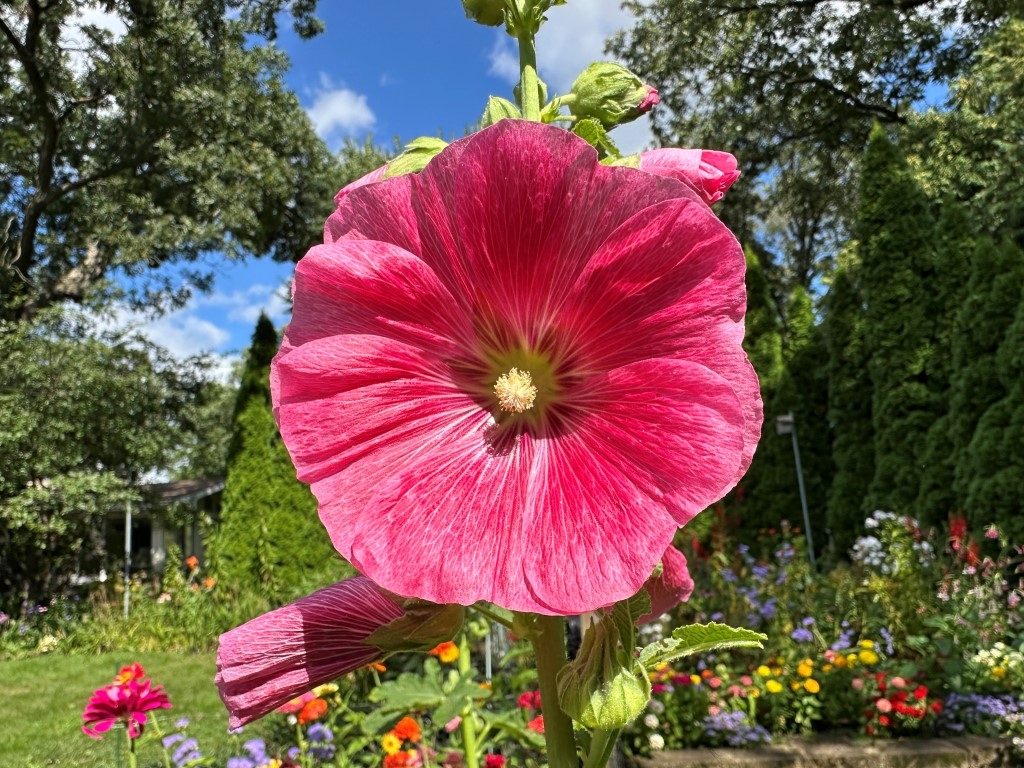
You never know what type of weather the growing season will bring, but thankfully there are always flowers that will thrive.
